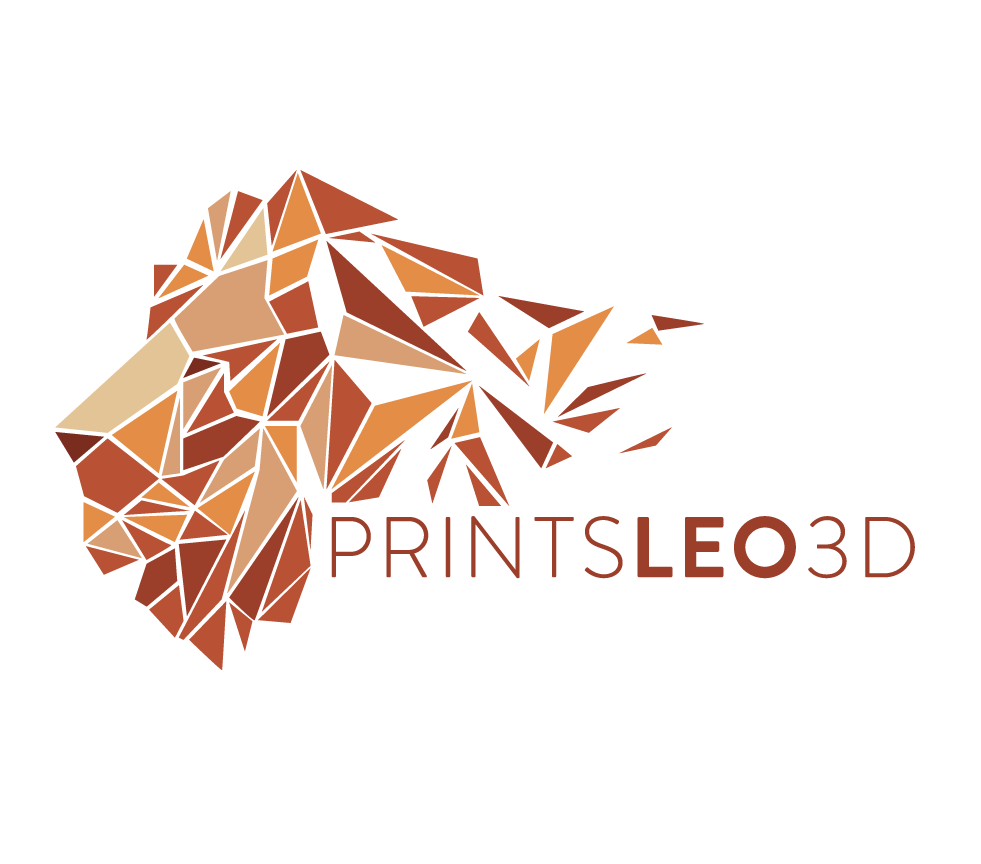3D Printing Calibrations
Calibrations are literally the building blocks of a quality 3d printer. Some are needed to establish baselines -to help diagnose print issues - while others are necessary to get a finished print. These are the fundamentals to 3d printing, and if you haven’t heard of one or all of them that’s fine. There’s a lot of information to download when you start with this hobby, too much at once sometimes, that’s why places like this website (and my YouTube channel) exist, to try and guide people along a solid starting path.
In each section I go over the calibration, how it should be performed, when it should be performed, and how often to maintain them. Any 3d printer can be defective out of the box, there are always going to be bad units. The vast majority of printers however are capable, and when calibrated effectively will far out kick their coverage. You will get out what you put in, so please, if you want consistent quality prints, take your time with these calibrations. Try to understand their ‘core’ principles - what are they trying to achieve [hint: it’s at the top of each calibration in the ‘what are we trying to do here?’ section]. Don’t expect results to be immediate, certain calibrations take time to implement properly, you get better each time. Reading and comprehending is one step to get there, but getting your hands on your printer and performing these is the only real way to get a ‘feel’ for how they work. Don’t get discouraged, take your time, and remember proper fundamentals-while boring- are the building blocks of accurate consistent machines.


